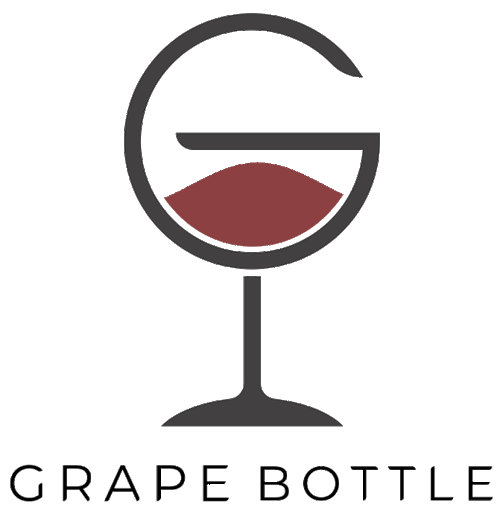Description
Jeb Dunnuck 94pts
I loved the 2020 Chteauneuf Du Pape from this brilliant team, and it should be snatched up by readers looking for a classic, impeccably made Chteauneuf du Pape to drink over the coming decade or more. Ripe black cherries, blackberries, Provenal garrigue, pepper, and Southern France street market-like nuances all emerge on the nose, and it's medium to full-bodied, with a seamless, elegant texture, ultra-fine tannins, and a great finish. Don't miss it. The blend is 70% Grenache and 15% each of Syrah and Mourvdre. J.D
Winemaker Notes
This wine is what any Chateauneuf lovers expect in a classic wine: dark color, racy, silky tannins and freshness (due to its good acidity). It showcases the purity of the fruit that comes straightforward to the nose. It is so appealing when a wine shows beautifully when you open it and you pour it in the glass. Though this wine is 80% destemmed, it has a very elegant and balanced style: it is a medium bodied wine with a silky texture and ripe tannins.
Producer
Eugene Maret purchased Domaine de la Charbonniere in 1912 as a gift for his wife, who was the daughter of a local vintner.
Their son, Fernand Maret, expanded the estate until his son, Michel Maret, took over the property as third generation in 1973. Michel gave the estate its current name of Domaine de la Charbonnire because he was inspired by the lieu-dit of the domain. The name means the area of charcoal burning.
The fourth generation of the Maret family, Veronique and Caroline have both been managing the domain since 2014. Veronique has been responsible for the winemaking since 2007, and their parents, Mirrielle and Michel, still work on the grounds as well.
Veroniques most notable influences at Domaine de la Charbonniere has been to update and modernize the winery itself, while also adamantly employing organic winemaking practices. She brings a new perspective and energy to a traditional estate that will surely find itself in the spotlight in vintages to come.
Domaine de la Charbonnire spreads over 19.52 hectares of Chteauneuf du Pape; 5.79 ha of Vacqueyras, and 1.51 ha of Ctes du Rhne.
Jeb Dunnuck 94
I loved the 2020 Chteauneuf Du Pape from this brilliant team, and it should be snatched up by readers looking for a classic, impeccably made Chteauneuf du Pape to drink over the coming decade or more. Ripe black cherries, blackberries, Provenal garrigue, pepper, and Southern France street market-like nuances all emerge on the nose, and it's medium to full-bodied, with a seamless, elegant texture, ultra-fine tannins, and a great finish. Don't miss it. The blend is 70% Grenache and 15% each of Syrah and Mourvdre. J.D




